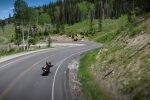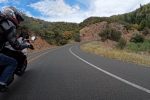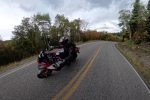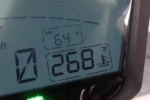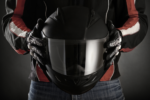Five Mistakes Made By New Riders
I’ve been a professional motorcycle coach since the year 2000. And these are some of the biggest mistakes I see new riders make that slow down and sometimes even stop their learning progress.
Advice from the wrong people, or the right advice at the wrong time. It’s important to know who you’re listening to and who to ignore. So, why should you listen to me? Which is the exact right question to be asking.
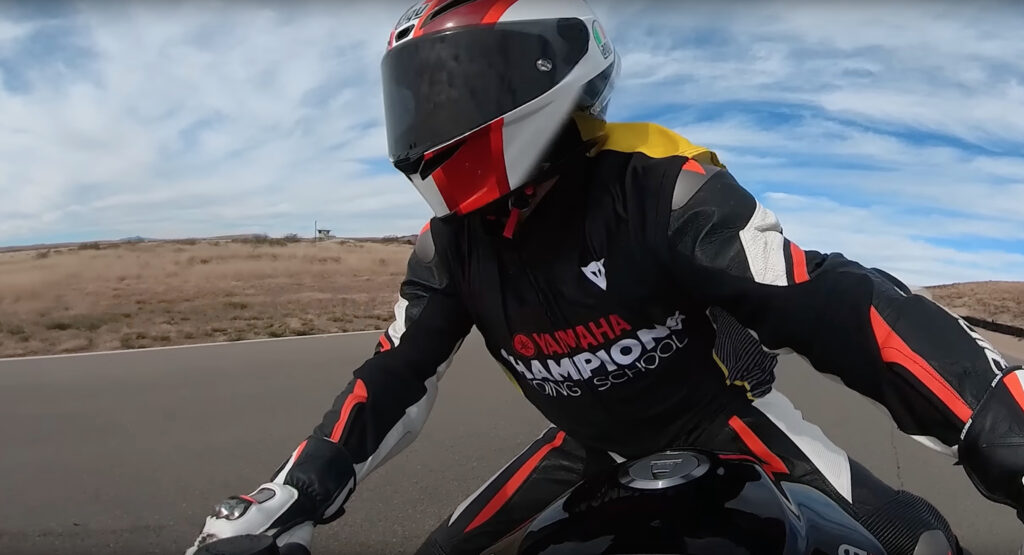
Starting way back at the turn of the century, I’ve taught, literally, thousands of riders in state basic and experienced rider courses. I’m also a Champions Certified Coach with Yamaha Champions Riding School and I’m certified with the US Motorcycle Coaches Association. In 2006, I got my race license and have been the lead control rider and rider coach for Apex Trackdays ever since.
But this video isn’t about me. It’s about you. And the reason why you need to ask this and why certifications and actual coaching experience is so important is because too many people teach how they ride. And they probably ride like ass.
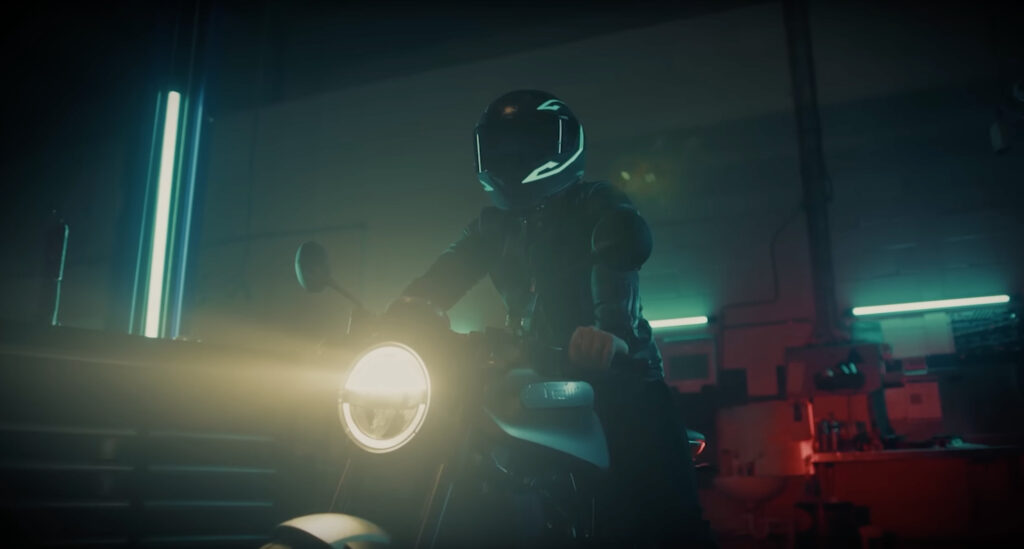
A lot of folks will also over-coach on what they are working on, not necessarily what you need to be working on. Coaching certifications can be a good indication that the coach has experience identifying areas where you’re struggling and has the ability to communicate ways for you to improve.
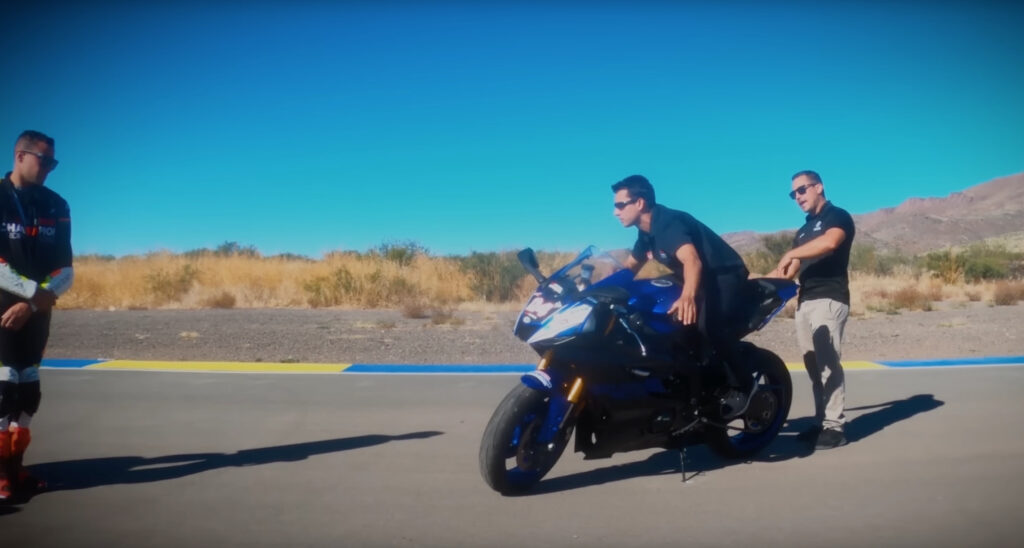
“None of my instructors can tell a student you need 10,000 hours to get proficient. That has been completely illegalized at our school because if some student comes in and sits down and then we say, hey, you gotta’ do this for 10,000 hours to get get good. Which we don’t believe, right. We don’t believe. Anybody who is out there who is thinking about it. We believe if you are told the right thing and you practice the right thing, the improvement is so phenomenally fast. It’s unbelievable how good people get if they are practicing the right thing.” ~ Nick Ienatsch, Yamaha Champions Riding School
And then you need to consider this other very common mistake, which is thinking a basic rider course makes you a trained rider. And because of this a lot of new riders often get hung up on the wrong things, like shifting or doing a u-turn at the gas station, when we need to spend a lot more time getting really good at the things that will keep us alive when we hit the mean streets of the real-world, like using our front brake.
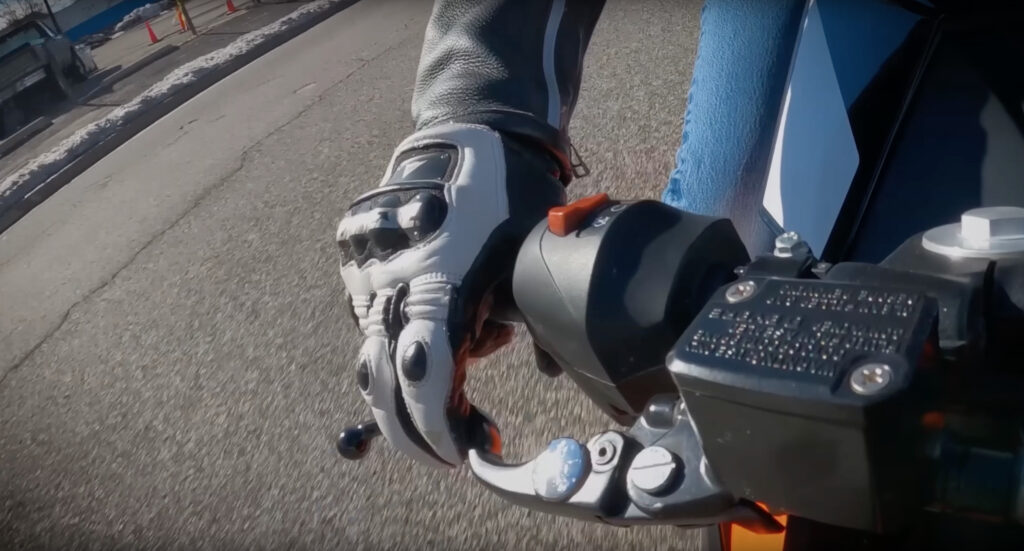
Whats more, and I hate to say it, but not all rider programs are created equally. Many are entrenched in techniques from fifty years ago.
“Anybody who is tied to some of these past techniques. Straight line braking. Get off the brakes before you turn. Not right. Ride like this in traffic instead of covering the brakes in traffic. Not right. The idea is we’re going to accelerate through the corner. Not right. We’re always playing with our speed to match our radius.” ~ Nick Ienatsch, Yamaha Champions Riding School
Most basic rider courses really only have time to teach you how to operate a motorcycle and have to make certain concessions in order to accomplish that. They also have to prepare you for passing the license test, which, depending on where you live, may range all sorts of weird to completely irrelevant.
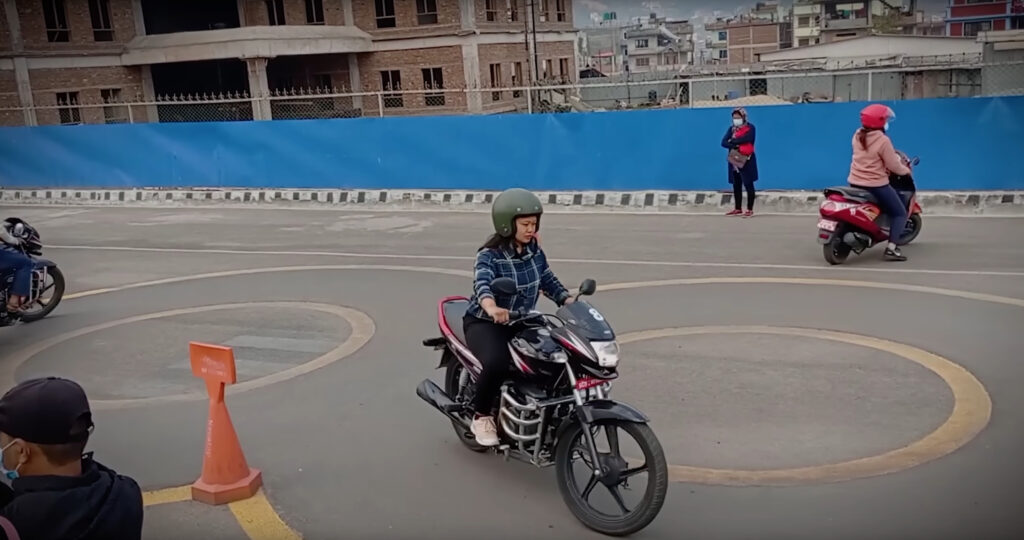
Operating a bike is one thing, but riding. Riding a motorcycle, especially riding a motorcycle well takes a lot more than two days in a parking lot.
And listen, I understand that it’s possible you may not even have access to a basic rider course where you live so a great way to fix this or to supplement whatever basic course you’ve taken is with Champ U New Rider. It’s only $20, and everyone should take it because no matter what, Champ U will fill in the gaps and get you started on the right foot.
And thats why this one makes all the difference. And I’m going to warn you now, this one is going to ruffle a lot of feathers. And thats, the wrong kind of practice. Too many new riders spend way too much time in parking lots. And look, I get it, I spent over a decade teaching parking lot schools. They have their place. But you can’t learn to be a well rounded… well rounded… well rounded… But you can’t learn how to be a well rounded rider in a parking lot. Listen, here’s the crappy thing about learning to ride.
“What do you need to do to become a better learner? Well, you need to practice more. You need to take action and its best if that action takes place sort of at the edge of your abilities. You need to be stretched a bit. And thats sort of the best learning zone. Well, if you take two seconds and think about what that feels like. It’s like, oh, not necessarily comfortable when you spend time getting stretched to the edge of your abilities.” ~ Trevor Ragan, The Learner Lab
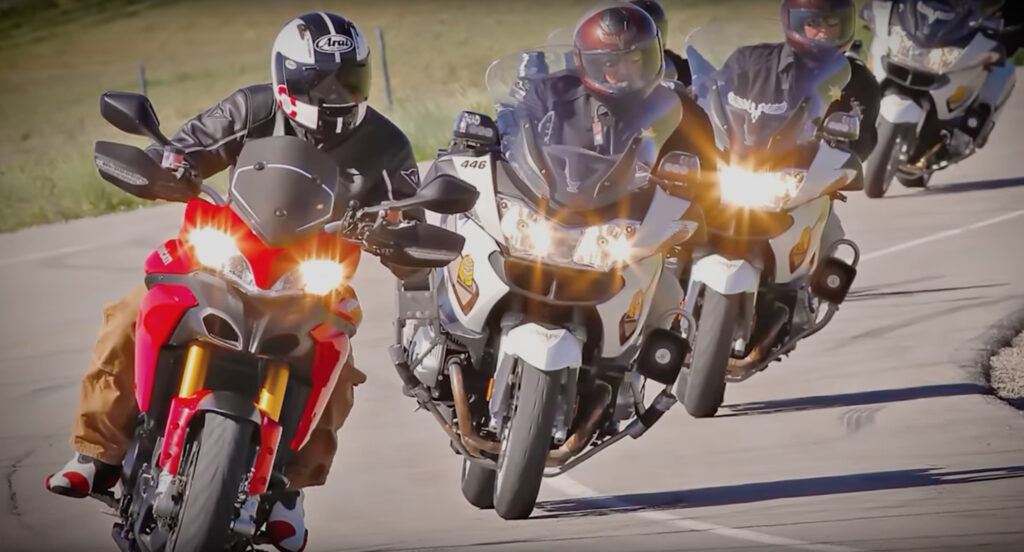
When I was brought on to help coach police motor officers, I realized something extremely interesting. These guy, professional riders. Motorcycle police officers, who are amazing at slow speed stuff, most of them had big gaps in their skills when it came to real-world cornering.
Riders who spend too much time in parking lots can pick up bad habits and a false sense of confidence. Parking lot drills are a great way to teach us the sequence, not necessarily the technique.
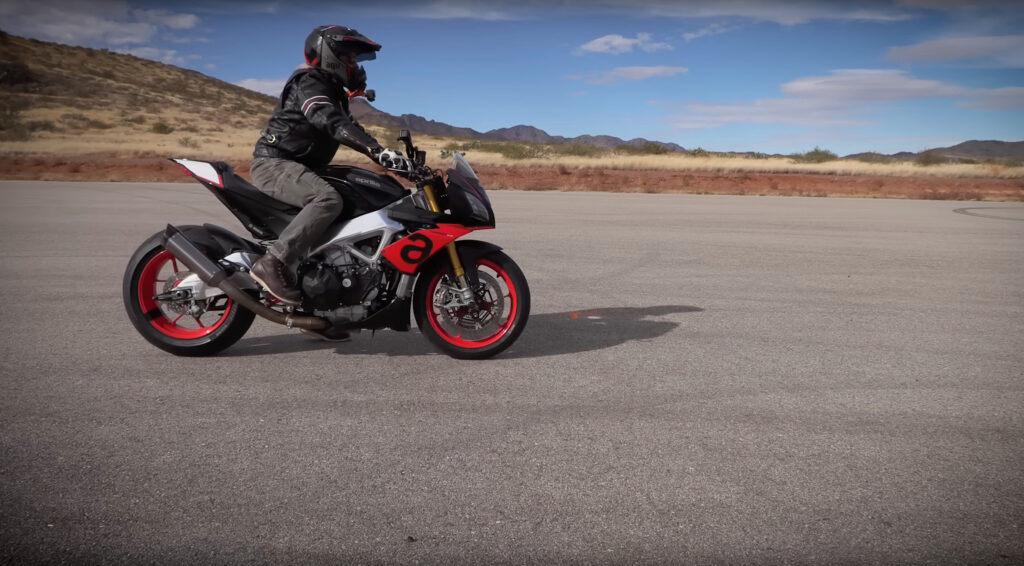
When I was in the army, the motto was, we train how we fight. And the same goes for motorcycling. We need to train how we ride. Stopping a bike from second gear in a parking lot is not the same thing as stopping on the freeway from 120kph. Practicing leaning by riding in circles in a parking lot is vastly different from leaning through a corner at street legal speeds.
So you gotta’ know when it’s time to get out of the parking lot and go ride. And the best time to ride is early in the morning. I know, I know. Sleeping in is so nice but you got to get up at the ass-crack of dawn, especially on Sundays when everybody else is sleeping in and you’ll find the roads delightfully empty.
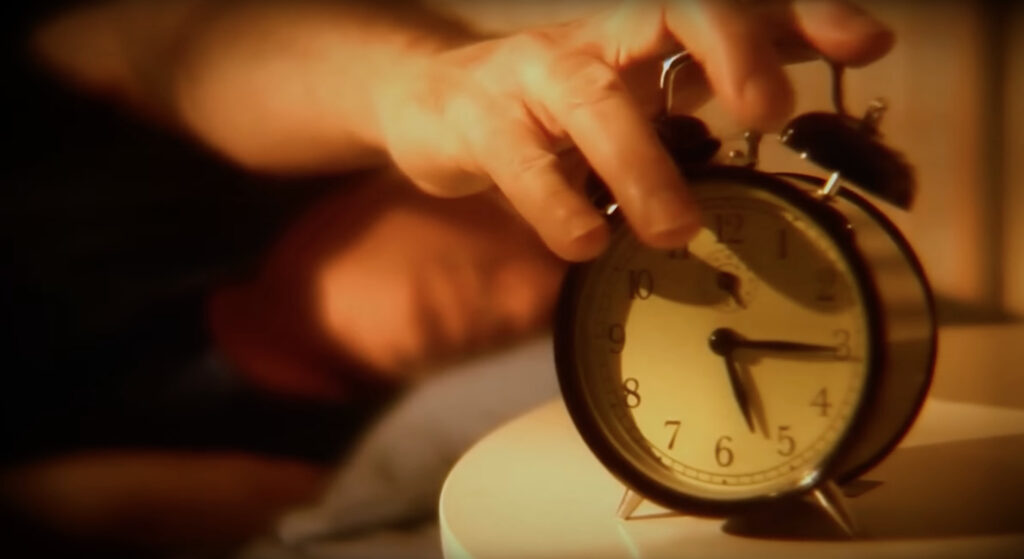
But this next one is really how you’re going to be successful. Visual lead or a loss or lack of focus. Being abrupt with the controls and not looking far enough ahead are two big reasons riders crash. And a lot programs will tell you, over and over again; eyes up. look further ahead. Turn your head!
Which is all good advice, but poorly presented. How much further ahead? What am I supposed to be looking at, right?
This is why I love how Champ School deals with this. Instead of telling you to “look up” we say “focus.” Focus on where you are and what you’re doing. Do this in your car, say focus to yourself as you drive out of the neighborhood and notice where you’re eyes go.
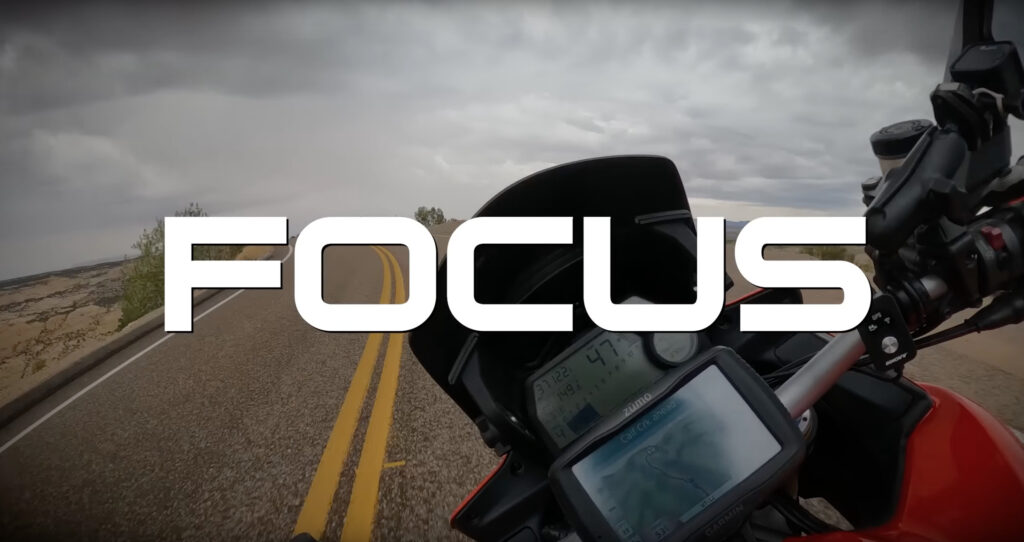
Now, before you get on your bike, probably for the rest of your life I want you to stop for a second. Bend down and hold onto your footpeg and ask yourself; Okay, where am I and what am I doing?
The greatest motorcycle rider the world has ever seen did this every time he got on his bike, and so should we.
And riding a motorcycle is risky. There’s no metal box with crumple zones to protect you. You have your riding gear and your skill. Thats it. Focus on where you are and what you are doing.
When you find yourself getting distracted, out loud, say to yourself focus.
But if you stop there it creates another problem, so we gotta solve it like this. Which is prioritizing the wrong riding gear. The black leather motorcycle jacket, right? The sign of a real rider. A lot of new riders either spend every penny on their new bike, leaving nothing left over for riding gear or get so excited about that cool coat, that other gear is scrimped on.
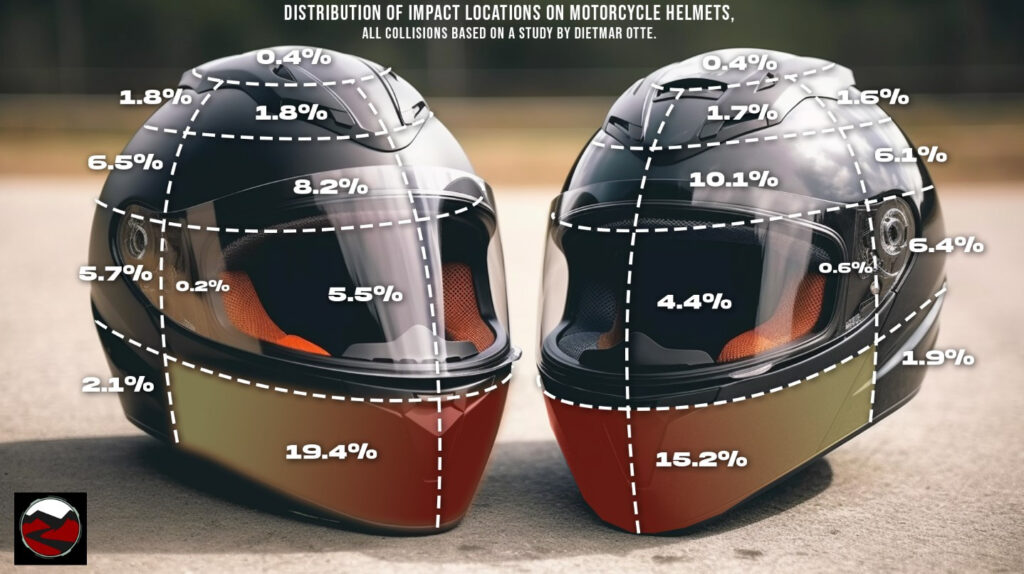
This is one of the craziest things you may have ever heard, but here’s why this is so important. When they studied how little trauma it takes to result in a permanent injury, they found that most riders are prioritizing the wrong kit. The most important piece of riding gear is the helmet, and more specifically a full-face helmet as the majority of motorcycle crashes, riders hit their face. Next is gloves, then boots, then the jacket and last is pants. Prioritize your riding gear in this order. Helmet, Gloves, Boots, Jacket, Pants. And buy motorcycle specific gear, with armor, and get stuff that fits a bit more snug than typical street gear.
